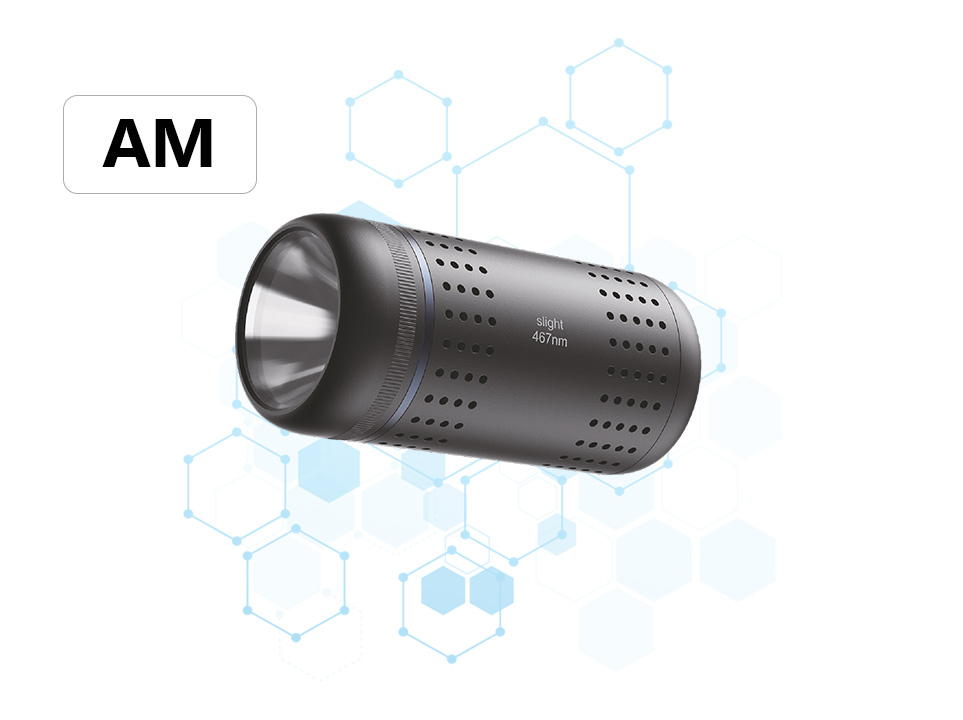Photochemical Reactor - Encyclopedia

I. Definition and Purpose
A photochemical reactor is an experimental device used to conduct photochemical reactions. It utilizes light energy (typically ultraviolet, visible, or infrared light) to drive chemical reactions. This instrument is primarily used to study photochemical reactions in gaseous, liquid, solid, or flowing systems under simulated ultraviolet, simulated visible light, or special simulated light irradiation, and under conditions such as with or without TiO2 photocatalysts. Through this instrument, changes in chemical reactions under different conditions can be observed and studied, thereby gaining a better understanding of the mechanisms and processes of chemical reactions.
II. Working Principle
The basic principle of the photochemical reactor is based on the interaction between light and matter. When light shines onto the surface of a material or into a solution, molecules absorb the energy of photons, causing electrons within the molecules to transition from a low energy level to a high energy level, forming excited molecules. Excited molecules are unstable and will return to a low energy state through various means, releasing energy. In this process, the photochemical reactor utilizes a specific wavelength of light source, introducing light into the reaction chamber through optical fibers, causing reactants to undergo chemical reactions under light irradiation. By precisely controlling parameters such as the wavelength, intensity, and duration of light, precise control over chemical reactions can be achieved.
III. Instrument Structure
The photochemical reactor typically consists of multiple components including a light source, optical fibers, a reaction chamber, a control system, and a detection system:
Light Source: Used to generate light of a specific wavelength.
Optical Fibers: Used to introduce light generated by the light source into the reaction chamber.
Reaction Chamber: The core part of the photochemical reactor where reactants undergo chemical reactions under light irradiation.
Control System: Used to control parameters such as the switching of the light source, light intensity, and duration, enabling precise control over chemical reactions.
Detection System: Used to detect the types and quantities of reaction products, as well as spectral changes during the reaction process.
Additionally, the photochemical reactor may be equipped with auxiliary equipment such as magnetic stirrers and cooling water circulation devices to improve experimental efficiency and accuracy.
IV. Product Features
The electrical control section is separated from the protective reaction dark box, making assembly, maintenance, and upgrades convenient and reasonable.
The main power controller has a digital display for flexible control of illumination time, suitable for timed operations and comparative experiments.
It features a professional and stable simulated light source and a compact design that saves space, particularly suitable for laboratories with limited space.
It comes with a multi-tube magnetic stirrer reactor function, which can realize simultaneous or partial tube aeration, and has excellent practical value.
It is equipped with a multi-port magnetic stirrer reaction vessel function, enabling strong magnetic stirring, aeration, venting, sealing, temperature measurement, and other functions during the reaction process.
It includes a solid reaction device for photocatalytic reactions of solid substances, with an efficient light-gathering device to enhance catalysis speed.
It adds an automatic shading device during non-experimental stages to improve experimental accuracy.
It is equipped with a water shortage alarm device that sounds an alarm when insufficient water pressure or severe water leakage in the cooling water supply affects experimental safety, prompting the operator to check the water supply status in a timely manner.
V. Application Fields
The photochemical reactor has a wide range of applications, covering disciplines and fields such as chemistry, physics, biology, and environmental science. For example:
Chemical Synthesis: Through the photochemical reactor, scientists can deeply study processes such as photolysis, photosensitization, and photocatalysis, providing a theoretical basis for developing new chemical reactions and materials.
Environmental Protection: The photochemical reactor can be used to study photochemical reactions in the atmosphere, such as the formation and destruction of the ozone layer, and the generation mechanism of photochemical smog. Additionally, it can be used to explore the photodegradation process of organic pollutants in water bodies, providing a scientific basis for water pollution treatment.
Biomedicine: In photodynamic therapy, the photochemical reactor can be used to study photosensitizers and reaction mechanisms. Furthermore, it can be used to study the role of light in genetics.
Energy Development: The photochemical reactor can be used to study the performance and reaction mechanisms of new energy materials such as solar cells and fuel cells.
Materials Science: The photochemical reactor can be used to study the synthesis and properties of new materials such as photosensitive polymers and photosensitive dyes. Additionally, it can be used for material surface modification.





